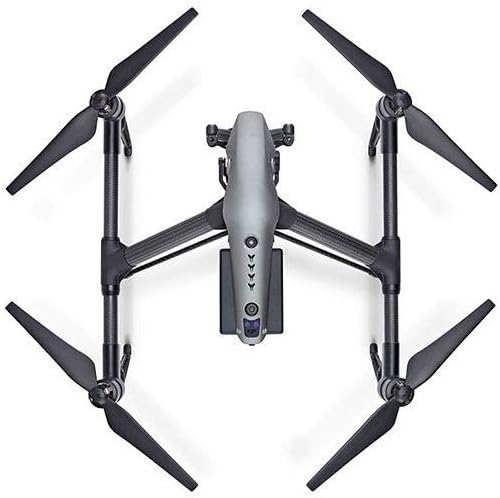Phone:
(701)814-6992
Physical address:
6296 Donnelly Plaza
Ratkeville, Bahamas.

Unmanned Aerial Vehicles (UAVs), once a niche concept confined to the military’s technological arsenal, have embarked on an extraordinary journey of evolution, transforming into versatile tools with far – reaching implications across multiple sectors. Tracing the history of UAVs offers a fascinating glimpse into how technological advancements and changing societal needs have shaped their development.
The roots of UAVs can be firmly planted in the military arena of the early 20th century. During World War I, the military began experimenting with unmanned aerial devices primarily for reconnaissance purposes. These early UAVs were rudimentary, often relying on basic radio – control systems and lacking the precision and autonomy we associate with modern drones. However, they laid the groundwork for future innovations. It was during World War II that UAVs started to gain more sophistication. Target drones were used to train anti – aircraft gunners, and some experimental models were even designed for offensive operations, although their success was limited by the technology of the time.
The real turning point in UAV development came with the advent of the digital age. The miniaturization of electronics in the latter half of the 20th century was a game – changer. Microprocessors, sensors, and communication modules became smaller, more powerful, and more energy – efficient. This allowed for the creation of UAVs that could carry out more complex tasks. The introduction of the Global Positioning System (GPS) in the 1990s was another pivotal moment. GPS enabled UAVs to navigate with remarkable accuracy, opening the door to a wide range of new applications beyond the military.
As we entered the 21st century, the commercial and civilian use of UAVs exploded. The consumer market was captivated by small, affordable quadcopters that could be used for aerial photography and videography. These drones, equipped with high – resolution cameras and intuitive control systems, put the power of aerial imaging in the hands of enthusiasts and professionals alike. In the agricultural sector, UAVs equipped with multispectral sensors became essential tools for farmers. They could analyze crop health, monitor soil conditions, and optimize the use of resources, leading to increased yields and more sustainable farming practices.
In recent years, UAVs have also made significant inroads in the delivery and logistics industry. Companies are exploring the use of drones to deliver packages, especially in urban areas and remote locations. Amazon’s Prime Air and Google’s Wing are two high – profile examples of efforts to revolutionize last – mile delivery using UAVs. These initiatives aim to provide faster, more efficient, and cost – effective delivery solutions.
Looking to the future, the trajectory of UAVs is poised to be shaped by emerging technologies. The integration of artificial intelligence (AI) and machine learning (ML) will take UAV autonomy to new heights. Drones will be able to make more complex decisions in real – time, such as dynamically adjusting their flight paths to avoid obstacles or changing weather conditions. They will also be able to analyze the data they collect on the fly, providing immediate insights in applications like environmental monitoring or infrastructure inspection.
The development of 5G technology will also have a profound impact on UAVs. 5G offers faster data transfer speeds and lower latency, enabling more reliable communication between drones and operators. This will be crucial for applications that require real – time video streaming, such as live event coverage or remote surveillance. Additionally, 5G will support the coordination of large swarms of UAVs, which could be used for tasks like large – scale mapping, environmental research, or even light shows.
However, as UAVs continue to evolve, they will also face new challenges. Privacy concerns will become even more pressing as drones become more capable of collecting detailed data. Ensuring the security of UAV systems from cyberattacks will be an ongoing battle, especially as they become more connected to the internet and other devices. Regulatory frameworks will need to keep pace with technological advancements to balance innovation with public safety and privacy.
In conclusion, the evolution of Unmanned Aerial Vehicles has been a remarkable journey, driven by technological progress and changing societal demands. As we stand on the cusp of new technological breakthroughs, the future of UAVs holds immense potential. With careful consideration of the challenges ahead and continued innovation, UAVs will undoubtedly continue to reshape our world in ways we are only beginning to imagine.